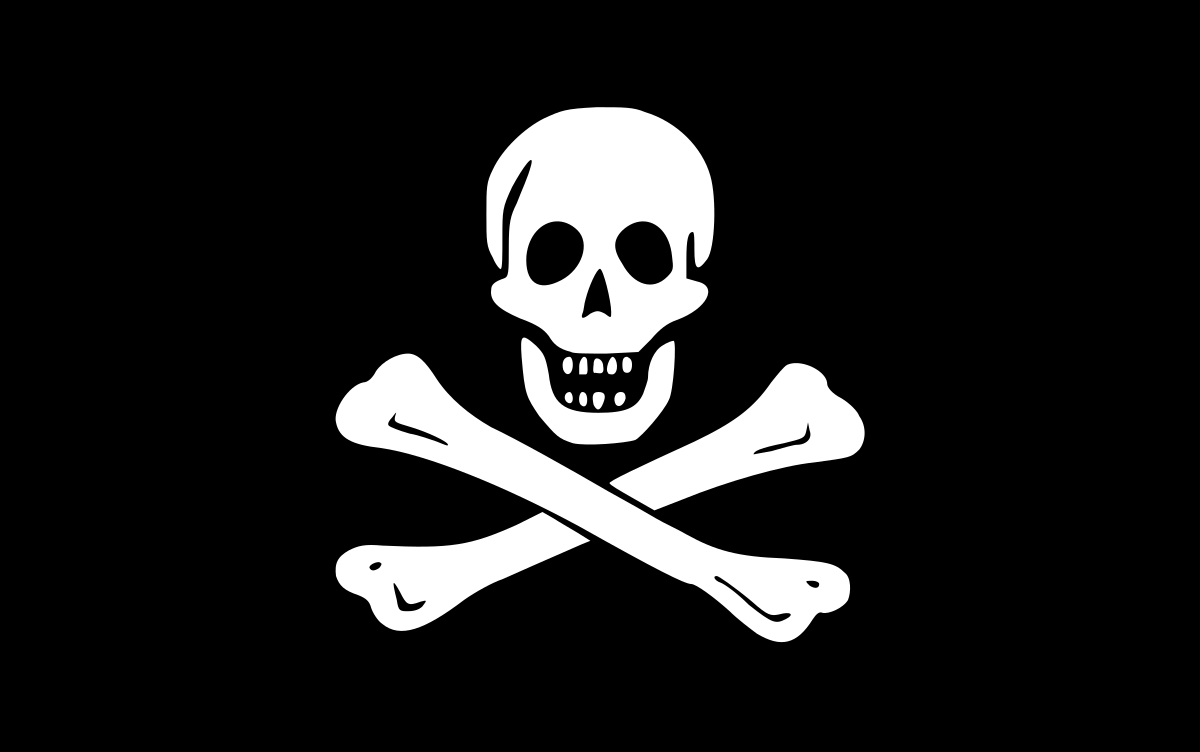In the world of Linux, there are numerous commands that make it easier to navigate and manipulate files and directories. One such command is 'unrar,' which is used to extract files from a RAR archive. RAR stands for 'Roshal Archive,' and is a file format used to compress and archive files. In this blog, we will explore the different use cases of the 'unrar' command in Linux.
1. Extracting RAR archives
The most common use case of the 'unrar' command is to extract files from a RAR archive. To extract a file using 'unrar,' simply type the following command in the terminal:
unrar x filename.rar
where 'filename.rar' is the name of the RAR archive you want to extract. This command will extract all the files in the archive to the current directory.
2. Extracting files from password-protected RAR archives
If the RAR archive is password-protected, you will need to provide the password while extracting the files. To do this, use the following command:
unrar x -pPASSWORD filename.rar
where 'PASSWORD' is the password for the RAR archive. This command will extract all the files in the archive to the current directory.
3. Extracting specific files from a RAR archive
Sometimes, you may only need to extract specific files from a RAR archive. In this case, you can use the following command:
unrar e filename.rar file1 file2 file3
where 'filename.rar' is the name of the RAR archive, and 'file1', 'file2', and 'file3' are the names of the files you want to extract. This command will extract only the specified files from the archive to the current directory.
4. Listing the contents of a RAR archive
To view the contents of a RAR archive before extracting it, you can use the following command:
unrar l filename.rar
where 'filename.rar' is the name of the RAR archive. This command will display a list of all the files in the archive, along with their sizes, dates, and other information.
5. Testing a RAR archive for errors
Before extracting files from a RAR archive, it's a good idea to test it for errors. To do this, use the following command:
unrar t filename.rar
where 'filename.rar' is the name of the RAR archive. This command will test the archive for errors and display a message indicating whether the archive is intact or not. If there are errors in the archive, the command will display an error message.
6. Creating RAR archives
Apart from extracting files from RAR archives, the 'unrar' command can also be used to create RAR archives. To create a RAR archive, use the following command:
unrar a archive.rar file1 file2 file3
where 'archive.rar' is the name of the new RAR archive you want to create, and 'file1', 'file2', and 'file3' are the names of the files you want to add to the archive. This command will create a new RAR archive containing the specified files.
In conclusion, the 'unrar' command is a useful utility for extracting files from RAR archives in Linux. It also has several other use cases, including creating RAR archives, testing archives for errors, and listing the contents of archives. By mastering the different use cases of the 'unrar' command, you can efficiently manage and manipulate RAR archives in Linux.




